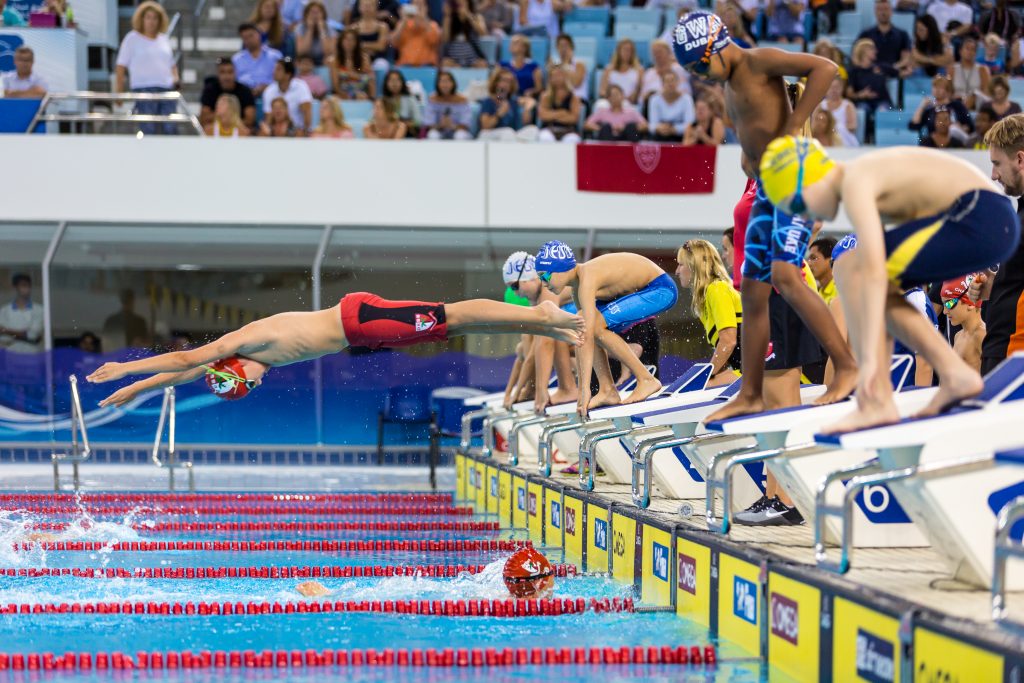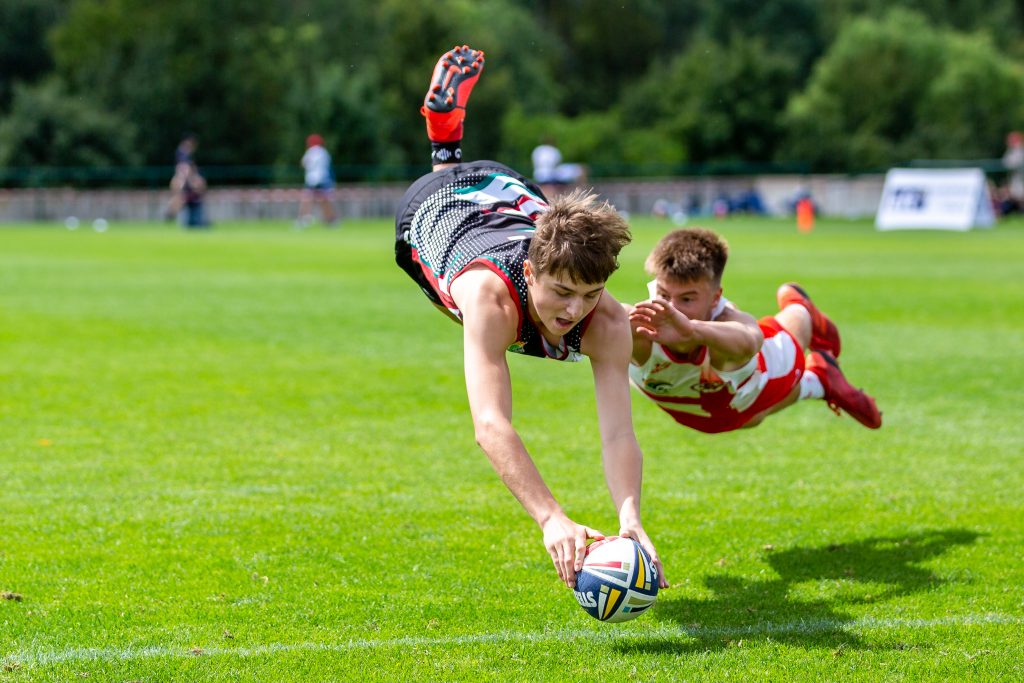Melissa Lear is a familiar sight on the sidelines of grounds and stadiums across Dubai, always with camera in hand.
In this article learn what inspired a passion in photography and how can young sport photographers work on their craft.
Look out for part 2 tomorrow where Lear chooses some of her favourite shots from youth sport.
A sport photographer’s life
With smart-phone in hand, it’s not uncommon for a two-week holiday to yield 2000 photos. But imagine having that many from a youth rugby match lasting 60 minutes.
That is Lear’s situation every time she captures a sporting game, and how long she has to sift through them depends on the brief.
“Sports photography is about capturing the action…even being conservative and shooting in bursts of 2-3 photos at a time, you will still come away with 1500-2000 photos,” she said.
If she has time on her side Lear will sift through photos, starring ones that stand out before going through those marked pictures again to choose the very best of an already supreme crop. But the luxury of time is not always on the side of sports photographers.
“If I don’t have time (for example at the Dubai 7s) and need to get photos out immediately after a game I will scan as quickly as I can and the first 20 photos that are good will get selected, unless I am aware that there was an exciting move and potentially great photo and then I will keep looking for that photo,” she said.
In addition Lear is at the mercy of the weather conditions the players are competing in.
Along with battling glaring sun in the UAE, Lear said one of the most difficult situations to capture was when covering Middle East teams at the European Junior Touch Champs in Paris last year.
“It started raining and came down so hard that at times the air was white with rain. My trusty stool, water-resistant shoes, a decent poncho for me and a raincoat for my camera saved the day,” she said.

Beginnings in photography
Lear was hooked capturing important life events growing up in South Africa. For her family a lot of those moments came at sporting events, particularly rugby. So merging a love for sport and another for photography seemed a natural step.
“My mum loved her photos and I grew up with her making photo albums for our family. I would spend hours pouring over my photo albums, loving looking at each and every photo. As a teen I started taking my own photos and creating my own photo albums,” she said.
“As a teenager I had my own box camera; the type you had to wind the film on with the dial on the back.”
When Lear wasn’t taking photos, she was honing her water skiing skills as well as being involved in netball, athletics and horse riding.
When the next major life milestones of marriage and kids followed, there were emotions and moments Lear did not want to miss.
“It is pure joy for me to capture the memories especially as children grow so quickly and change so much. It is pure joy for me to capture the memories especially as children grow so quickly and change so much.” she said.
“My kids were involved in sports from an early age, and I loved taking photos of them.”
A challenge to take a photo every day for a year in 2014 was the catalyst for Lear taking up her photography a notch. Instead of just taking a snap each day she carefully curated pictures and tried new techniques.
“It also meant trying so many different ways, subjects and techniques to photograph and it finally pushed me off total auto mode and into manual mode,” she said.
“My family were extremely patient as I practiced and was often yelling back at them: ‘Wait It’s too dark. One more try!”‘
Advice for young photographers
“I love sports photography because so much effort goes into preparing for a game or race. There is raw emotion on faces. And you never know just what you will capture on the day.”-Melissa Lear
Sometimes the perfect shot might be a case of being in the right place at the right time but Lear said honing sports photography skills is so much more than luck.
“Know the sport. If you don’t, research it. Make a story board of photos from a local newspaper photo cuttings.” she said.
“Research the best settings for that sport and any tips that the pros offer. For example cricket, the ball is so fast that if you want it in focus you will need a very fast shutter speed of a minimum 1/3200th of a second.”
Whether shooting a sport where professionals can bowl up to 150km/h or other, fast shutter speeds are a necessity to capture most sports.
“Fast shutter speeds are a must – it is not necessary to go too fast, but 1/1000th or 1/1250th of a second is usually a very good place to start. Know your camera. Be mindful of your background,” Lear said.
“Be aware of where the sun is – try to keep it behind you so that the faces are not in shadows. Photos where you shoot into the sun are difficult to edit well.Invest in a good photo editing program such as Lightroom or Capture One.”
Ultimately, Lear said a clear photo of an compelling moment will triumph.
“Emotion is king; joy or pain. Athletes in every sport often carry on despite pain and they revel in success…crop out unwanted bits of your photo so that you tell your story with the photo,” she said.


